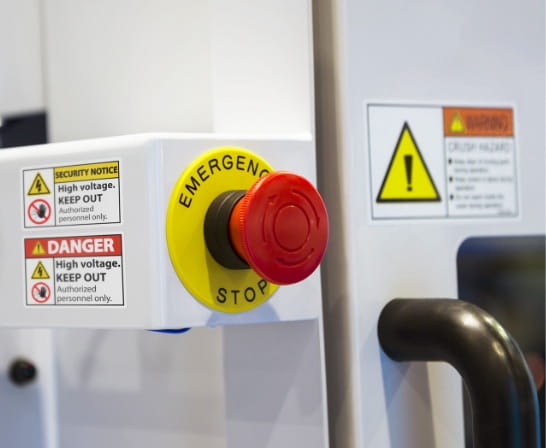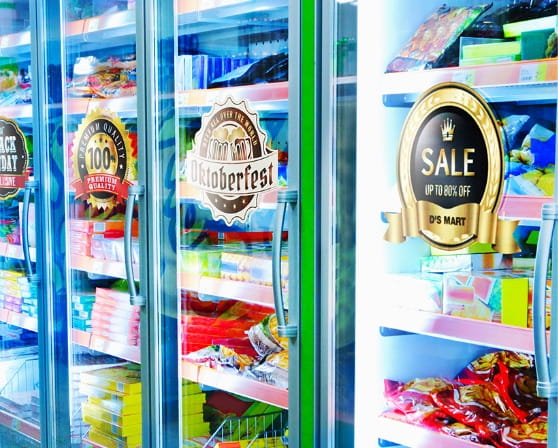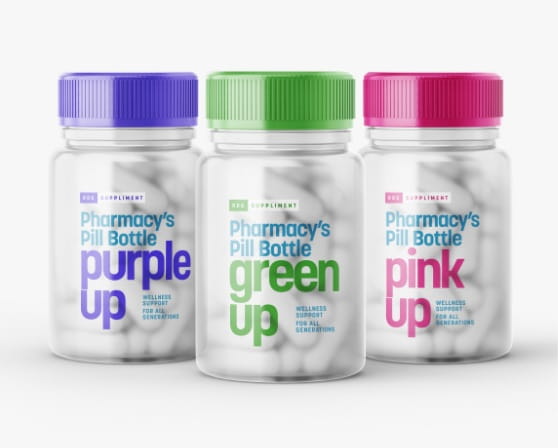Digital Label Printing
Due to the fragmentation of consumer needs against the backdrop
of changes in people’s lifestyles and values, the products and services offered by companies are
becoming more diverse.
In the labeling industry, brand owners are increasing the variety of product items and designs,
and accelerating high-mix, low-volume production. This trend has increased the importance of
unique and premium expressions such as foil stamping, embossing, and spot varnishing as elements
of differentiation to attract customers to pick up a product from among many others on a shelf.
There are also an increasing number of services, especially online sales on e-commerce sites,
that create a more special purchasing experience by personalizing the product or gift labels for
the individual.
In the midst of these changes, digital printers, which are ideal for high-mix, low-volume
label production, are increasingly being introduced. Unlike offset, flexo, and gravure printing
presses, digital printing does not require the plate-making process (the process of having the
print job printed on film and transferred to a metal or plastic plate), and their greatest
feature is that they can print small lots in a timely manner using digital data such as PDFs.

- Diversification of lifestyles and values
- Increasingly fragmented needs
-
Brand owners

Companies that produce and sell their own products
-

Food & beverages
-

Luxury items
-

Daily necessities
-

cosmetics
-

Pharmaceuticals
-

pet food
-
-
Increasing SKUsPackaging design innovations
Trend of small-lot,high-mix production
-
To get the attention of your target customser.

Color Digital Label Marking Materials Revenue Share
出典:Source: Color Digital Label Printer Market Forecast, 2017-2024; Keypoint Intelligence 2020
Examples of Digital Printing for Labels
-

Limited quantity or limited time labels
-

Personalized gift labels
-

Local brand labels
-

Warning labels for use in harsh environments
-

Sales promotion campaign labels
-

Multilingual versioning labels
-

Variable printing labels for serial numbers
-

Transparent labels
-

Eye-catching design labels as seen on social media sites
Advantages of Digital Printing
The ability to print on-demand including one-offs with a simple process brings benefits to a variety of businesses involved in label production.
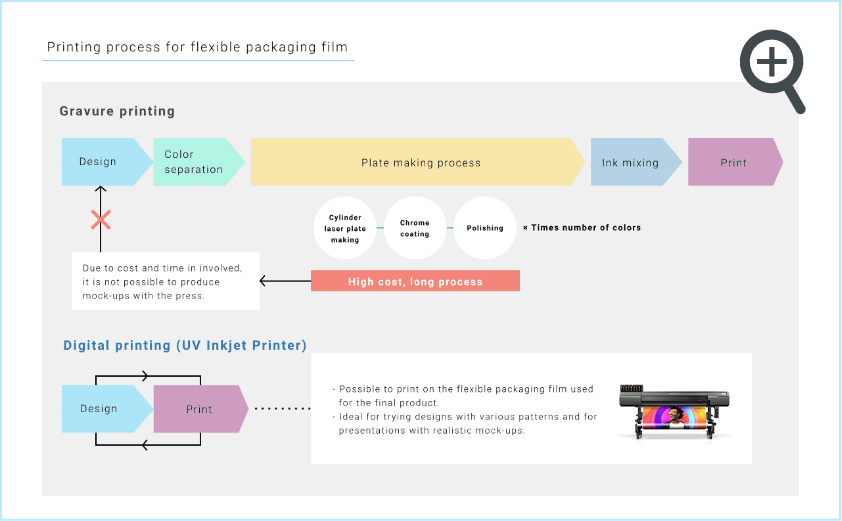
Advantages for Brand Owners
- Because only the required number of labels must be produced at the time they are needed, waste loss due to overstock can be minimized, and the supply chain can be optimized.
- Timely development of proposals for individual customers and support for limited-time products.
- Sudden changes in specifications and designs can be reflected within a short lead time.
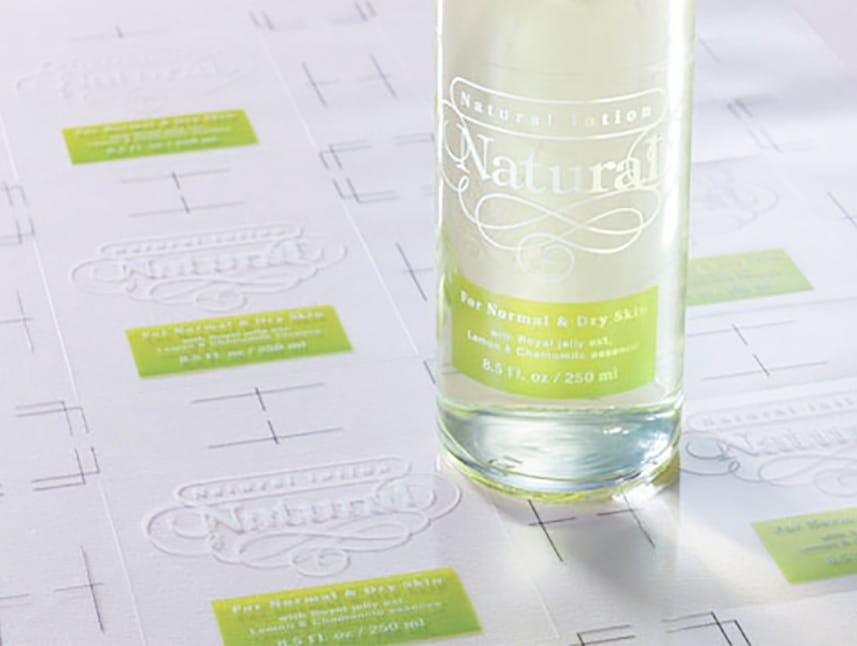
Advantages for Printing Companies
- Shorter delivery time.
- Flexibility to handle personalization from a single sheet or small lot orders.
- Strengthened proposal capabilities by improving the ability to handle sample output and mock-up production.
- Premium expression realized through specialized printing such as spot varnish, textures, white ink, simulated embossing of logos and artwork, and digital foil transfer is possible.
- Reduced cost and space required to manage printing plates and inks.
- Eliminates the need for skilled ink color mixing.
- Ability to offer a more comfortable working environment for printing operators and technicians.
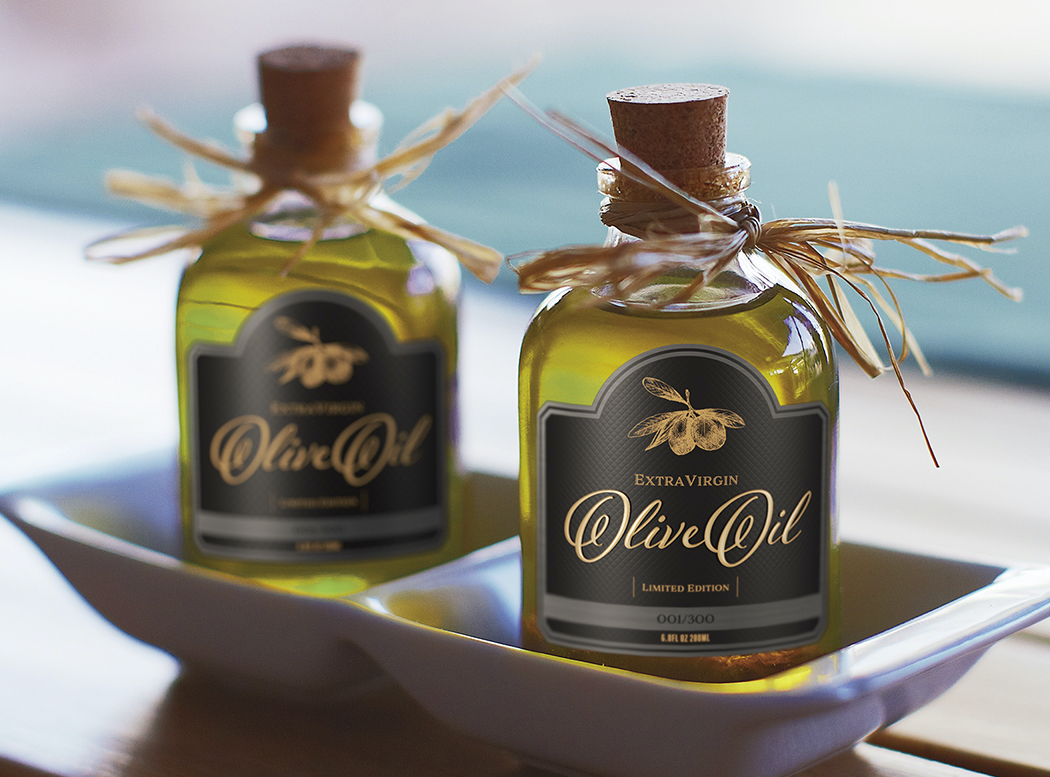
Advantages for Designers
- Realistic mock-ups using the same media as used in production can be produced immediately from a single item, enabling highly appealing, cost-effective presentations to clients.
- Design patterns using special embellishment effects can be examined under the same conditions as the final product. Repeated prototyping of designs with variations is also possible.
- The final result and quality can be presented to a client from the design proposal stage, shortening the time required for approval and reducing the risk of design revisions later on.
Types of Digital Printing
There are various types of digital printers used in label production, depending on the purpose of use, that are offered by several manufacturers. The two most common printing methods are the electrophotographic method, which uses toner, and the inkjet method which prints by ejecting ink from the print heads. The electrophotographic system is represented by digital printing machines, such as HP Indigo and Xeikon, and has been available in the industry for a long time. On the other hand, the inkjet system was used for proofing or the production of large-format commercial applications such as outdoor advertisements. With the development of UV-curable inks in recent years, however, the number of inkjet printable materials has increased dramatically, and the system is now popular in a variety of industries and applications.
Categories and Types of Digital Label Printers
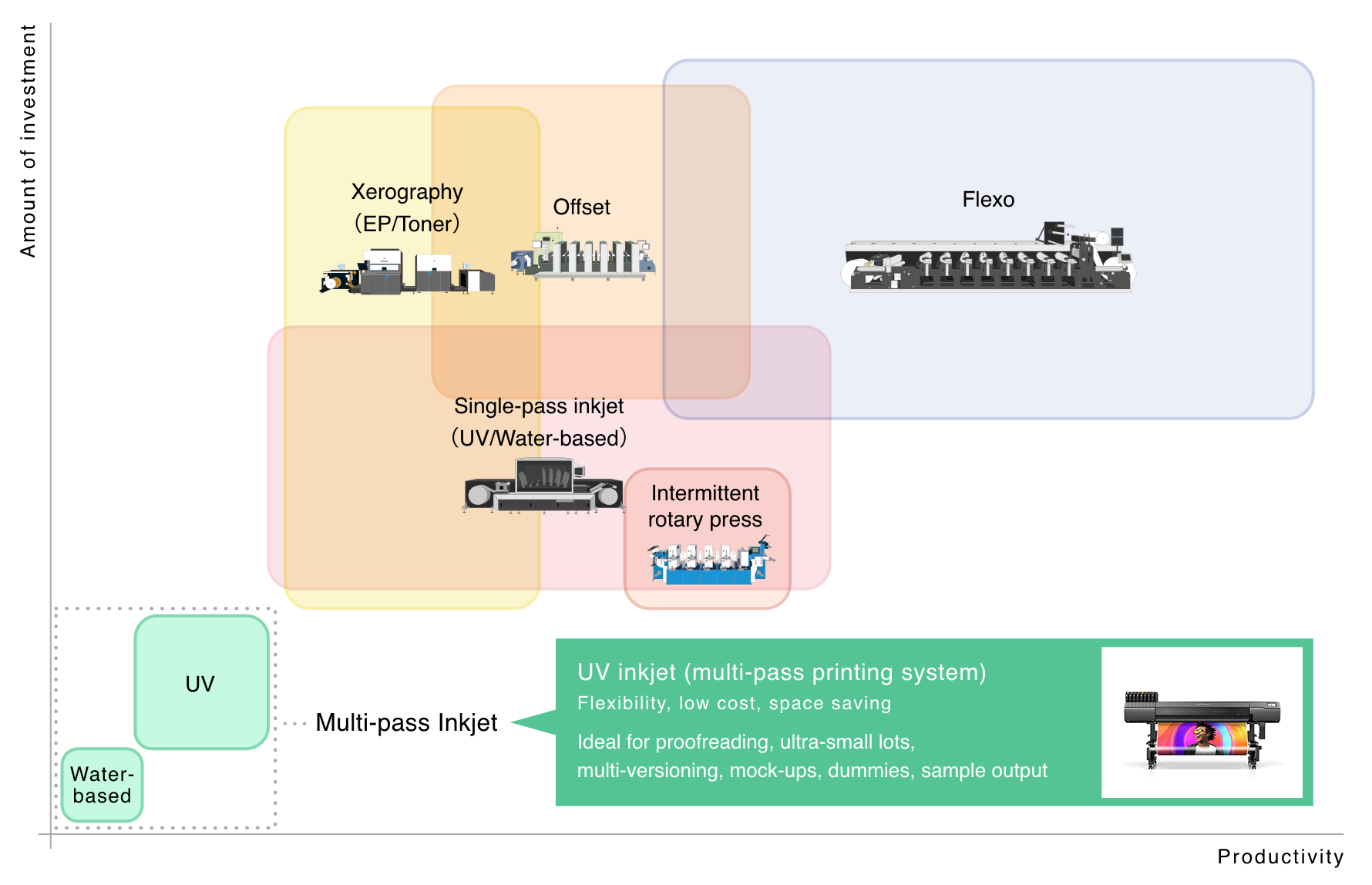
Capability of UV Inkjet Printers
Inkjet printers print by ejecting inks from the print heads mounted on the printer. The characteristics, color, and capacity of the inks used are important factors. Water-based inks are often used when safety is required, such as for food packaging. UV curable inks have also been attracting a lot of attention in recent years due to the wide variety of compatible papers and films, as well as their instant curing feature which eliminates the need for drying, and their high compatibility with decorative processes such as embossing, texturing, spot varnishing, and foil stamping.












